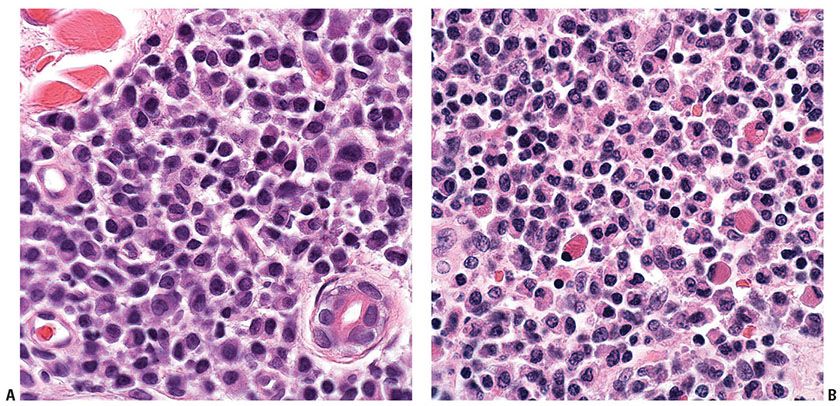
NOTCH includes a family of transmembrane receptors, which play roles in cell differentiation, proliferation, and stemnessĪT-rich interactive domain-containing protein 1A (ARID1A)ī-Raf proto-oncogene, serine/threonine kinase (BRAF)Ĭhromodomain-helicase-DNA-binding protein (CHD)-3 An additional report demonstrates pathogenic involvement of the NOTCH1 signaling pathway in the pathogenesis of SSġ3. The Jak-3/STAT pathway has a role in fighting against CTCLs by promoting production of IL-5, IL-10, IL-17A, and IL-17F regulating angiogenic factors and interfering with resistance to histone deacetylase inhibitor (HDACI) therapyĢ5. Deficient expression or function of negative regulators, including SOCS3 and protein tyrosine phosphatases such as SHP1, have been implicated in dysregulation of the Jak-3/STAT pathway and interleukin (IL)-independent proliferation of malignant T cells. It appears that this gene works through inhibiting apoptosis, inducing resistance to various forms of therapeutic modalities, and contributing to oncogenesis by targeting tumor suppressor genes such as Recent studies demonstrate ectopic expression of cancer testis genes in the CTCLs. Most of these aberrations are seen in chromosome 10ģ5. Table 2), their exact role in the pathogenesis of these disorders is unknownģ4. Although dysregulation of some genes and signaling pathways has been reported in the CTCLs ( Rapid cutaneous dissemination and systemic involvement are key features of this class of CTCLĪlthough different views of CTCL etiopathogenesis have been elucidated in depth over the last few decades, the exact mechanism of initiation and progression of this disorder is not yet knownįigure 3). PCTCL-NOS can present with a solitary red-violaceous tumor-like nodule or scattered multifocal or diffuse nodules on any part of the body, which mostly become ulcerated and infected. SS is defined as an aggressive leukemic-phase type of MFġ1, clinically characterized by erythroderma and generalized lymphadenopathyġ3.
CUTANEOUS TCEL LYMPHOMA SKIN
MF restricted to the skin has an indolent progression passing from macule and patch stage to infiltrated plaque and tumor stage (ġ2. MF is the commonest type of CTCLs, representing 44% to 62% of casesĩ. MF, SS, and primary cutaneous peripheral T cell lymphomas not otherwise specified (PCTCL - NOS) are among the most important subtypes of the CTCLsĨ. The International Society for Cutaneous Lymphomas/European Organization for Research and Treatment of Cancer classified MF and SS according to clinical, pathological, biological, and immunological features

Thereafter, the classification was modified and updated by the CTCL workshop to the one used today, known as the Bunn and Lambert systemġ. In 1975, for the first time, the North American Mycosis Fungoides Cooperative Study Group classified the CTCLs on the basis of a tumor-node-metastasis (TNM) system.

They typically afflict adults with a median age of 55 to 60 years The annual incidence of CTCL is about 0.5 per 100,000, and men are more involved than women (1.6:1 to 2.0:1)ġ. The skin is the most common site after the gastrointestinal systemĤ. Approximately 25% to 40% of non-Hodgkin’s lymphoma cases involve extranodal sites.

Nowadays, the CTCLs, which are characterized by infiltration of malignant monoclonal T lymphocytes in the skin, are considered a heterogeneous group of extranodal non-Hodgkin’s lymphomasģ. In 1974, Edelson used the term “cutaneous T cell lymphomas” (CTCLs) for MF and its leukemic variant, Sézary syndrome (SS), which are the major types of CTCLġ. In 1806, Alibert initially described mycosis fungoides (MF) as the infiltration of skin by lymphocytes.


 0 kommentar(er)
0 kommentar(er)
